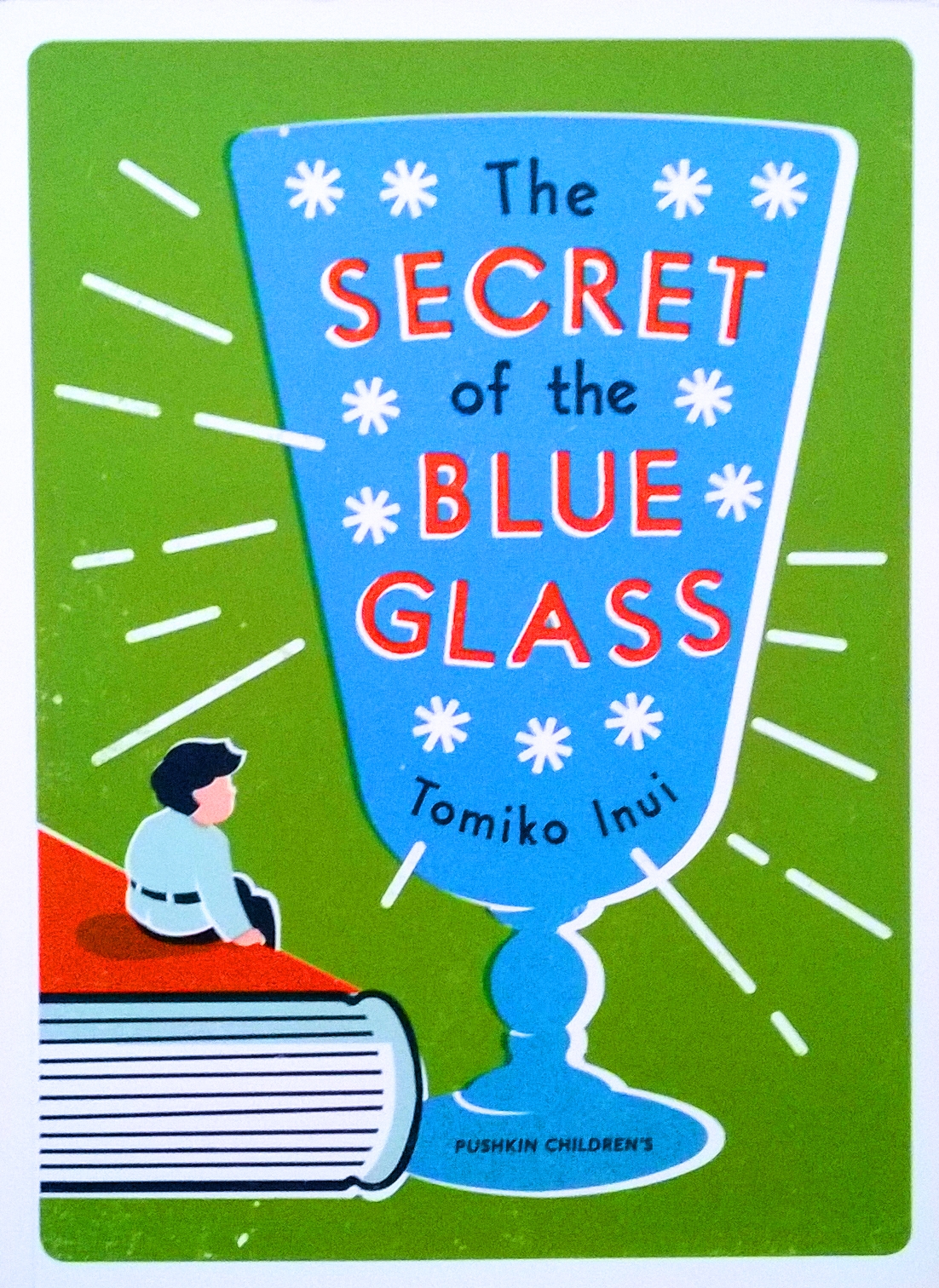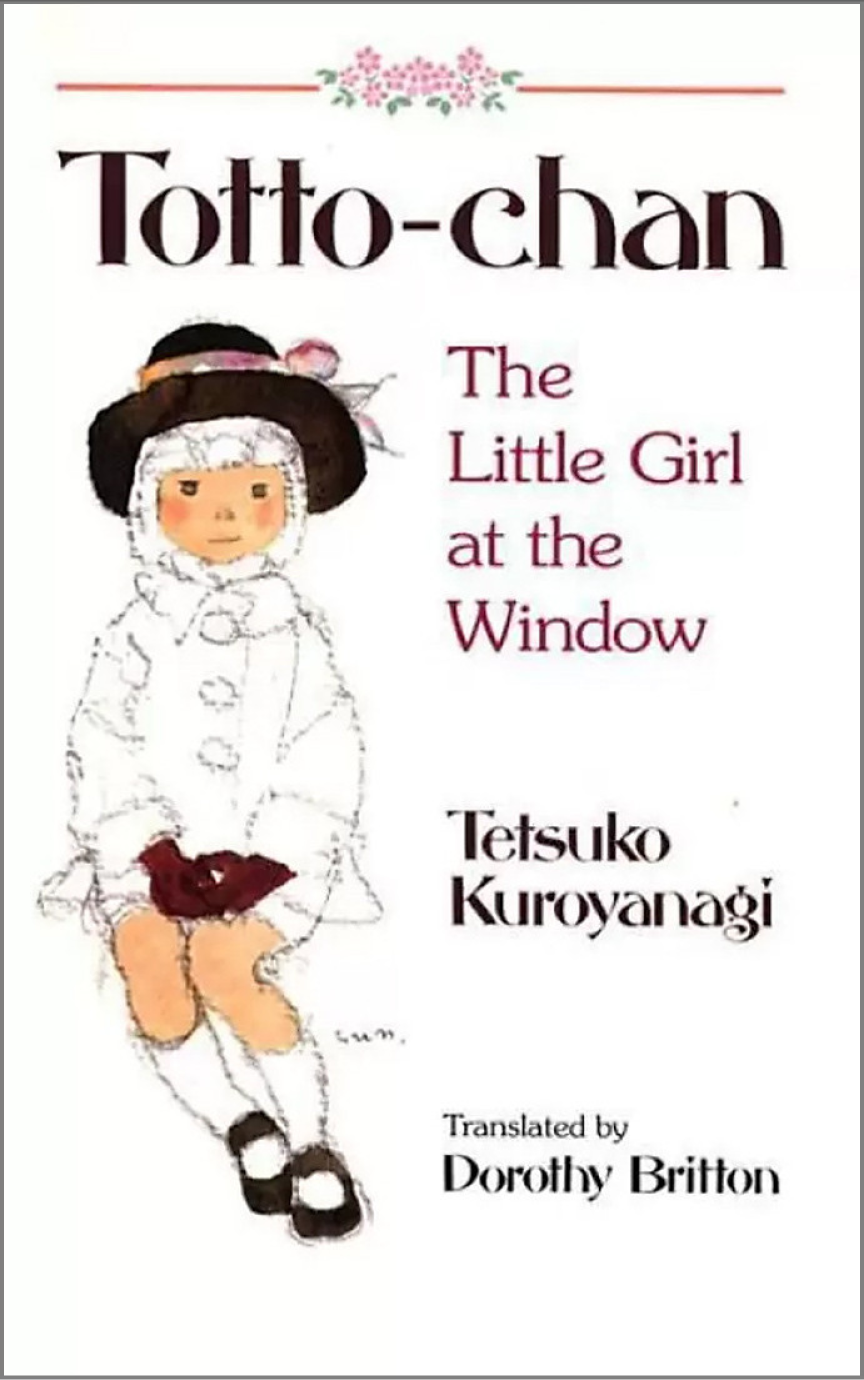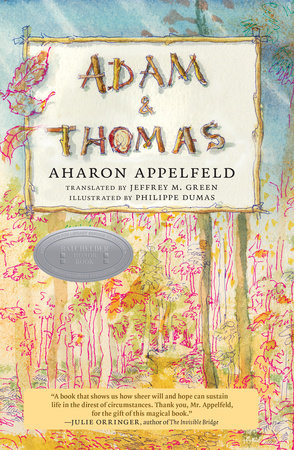Japan

The Secret of the Blue Glass
By Tomiko Inui, Ginny Tapley Takemori (Translator)
The Secret of the Blue Glass. Tomiko Inui. Translated by Ginny Tapley Takemori. Pushkin Children’s Books, 2018. Originally published as 木かげの家の小人たち (Kokage no Ie no Kobitotachi) in Japanese by Fukuinkan Shoten Publishers, Inc., in Tokyo, in 1967. ISBN 9781782691846. 192 p. (Ages 10-14). Fiction.
From the publisher: “A classic story about a magical miniature family’s adventures in wartime Japan.” A 2019 GLLI Translated YA Book Prize shortlisted title; 2017 Marsh Award for Children’s Literature in Translation (UK). Author won several awards in Japan, including the Mainichi Publishing Culture Award and was a runner-up for the Hans Christian Andersen Award in 1964. [all]

Soul Lanterns
By Shaw Kuzki, Emily Balistrieri (Translator)
Soul Lanterns. Shaw Kuzki. Translated by Emily Balistrieri. Delacorte Press, 2021. Originally published as 光のうつしえ 廣島 ヒロシマ 広島 (Hikari no utsushie Hiroshima Hiroshima Hiroshima) in Japanese by Kodansha, Ltd., in Tokyo, in 2013. ISBN 9780593174357. 176 p. (Ages 10-14). Fiction.
Every year on August 6, 12-year-old Nozomi joins her family and the rest of the community in a lantern-floating ceremony to honor those who lost their lives in the atomic bomb explosion. This year, Nozomi begins to ask questions about the people who died and discovers every survivor has a story as well. She and her friends use art to creatively share survivors’ experiences, and the community learns each others’ stories. A 2021 Freeman Book Award Selection of Note. Consider using the Hiroshima peace museum website for programming resources; includes information about scheduling an A-bomb survivor testimony via video conferencing. [all]

Totto-Chan: The Little Girl at the Window
By Tetsuko Kuroyanagi, Dorothy Britton (Translator), Chihiro Iwasaki (Illustrator)
Totto-chan: the Little Girl at the Window. Tetsuko Kuroyanagi. Translated by Dorothy Britton. Illustrated by Chihiro Iwasaki. Paperback edition published by Kodansha, 2012. Originally published as 窓ぎわのトットちゃん (Madogiwa no Totto-chan) in Japanese, in 1981. Totto-chan: The Little Girl at the Window was first published in English in 1982. ISBN 9781568363912. 232 p. (Ages 8 and up). Nonfiction.
From the publisher: “This engaging series of childhood recollections tells about an ideal school in Tokyo during World War II that combined learning with fun, freedom, and love. This unusual school had old railroad cars for classrooms, and it was run by an extraordinary man-its founder and headmaster, Sosaku Kobayashi--who was a firm believer in freedom of expression and activity.” The school was especially unique in the repressive and militaristic society of the time, but was unfortunately destroyed by bombing in 1945. A record-breaking best-seller, it was used as course material for third graders. The author was one of Japan's most popular tv personalities. [all]
The Middle East & North Africa
Israel

Adam & Thomas
By Aharon Appelfeld, Jeffrey M. Green (Translator), Philippe Dumas (Illustrator)
Adam & Thomas. Aharon Appelfeld. Translated by Jeffrey M. Green. Illustrated by Philippe Dumas. Seven Stories Press, 2015. Originally published as Yalda Shelo Minhaolam Hazé (A Girl from Another World) in Hebrew by Kinneret Zmora-Bitan Dvir, in Modi’in, Israel, in 2013. ISBN 9781609806347. 149 p. (Ages 10 and up). Fiction.
It’s World War II in Poland, and the Jews have been rounded up to live in a ghetto. Adam and Thomas, two nine-year-olds, have been brought separately to the forest by their mothers to hide for the day. The boys find one another and join forces to survive for months, since neither mother returns that day. Adam “knows this forest and everything that’s in it” and Thomas is a great reader who does well in school. They survive by learning from each other and working together; benefiting from the kindness of others; and, in turn, helping others as they can. Master artist Philippe Dumas evokes the changing moods of the boys and the forest in sensitive ink-and-wash illustrations. More of a meditation on how to be in the world than a straightforward account of survival, the narrative raises philosophical questions of faith and more through the boys’ conversations. [ayg]